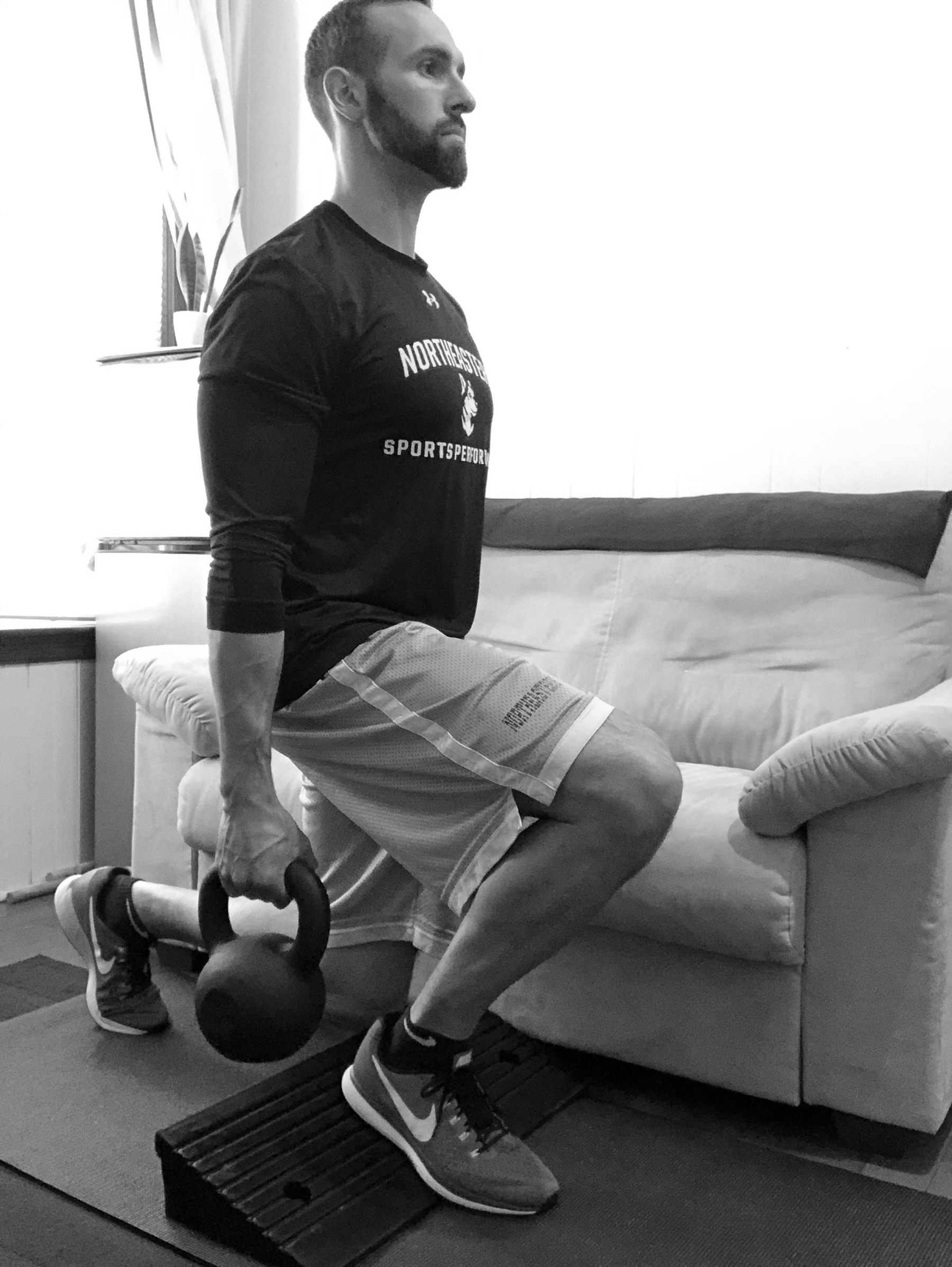My client Jay started a new training phase the other day. We have been working together for a couple years now. When we first met, he explained how he has never really been an athlete or consistently worked out in his life; he was 49 years old. Now, the reoccurring joke is about what am I going to throw at him this time. In particular, Jay wondered what type of split squat or half kneeling exercises we would be working on. We had regularly made small tweaks to these types of exercises since we began working together. He said, “I know you have a specific “why” for everything we do. Why do we do so many varieties?” I smiled and paused to control myself from going into a geeky rant. I replied, “because you continue to change.”
Jay initially came to me, like many of my clients, because he had some chronic pain – low back and knee in this case – but wanted to move better and improve his “fitness.” His assessment showed range of motion restrictions, flat feet, a particular torso shape, and an inability to squat near parallel without pain. This information combined with his goals lead to an individualized fitness program with directions for specific execution or alteration of common exercises, and the current omittance of others.
To help understand how we may specify implementation of an exercise we can relate it to phases of human locomotion. We will simplify gait into three phases: landing, stance, and push-off. Landing is when our body weight is behind the heel as it makes contact and continues as the forefoot touches the ground. Stance is when our body weight is transitioning over the middle of the foot. Push-off is when our body weight is past the middle of the foot and the heel begins to rise all the way until toe off. The mechanics of locomotion impact the entire body from the foot all the way up the chain to the skull; it’s all connected, thus it all may matter. We will use the basic descriptions of gait provided to explain some of the selections of split squat and half kneel exercises given to Jay, however, position and activity of the body above the waist definitely matters.
Jay’s assessment showed he was unable to transition from the landing phase to the stance phase or reverse the locomotion mechanics and move from push-off phase toward the stance phase. He also displayed an asymmetry in each of the abilities on both legs; this made split squat stance type activities very useful. The performance of these exercises on each side can be altered to fit the specific need.
The initial goal was to for him to learn how to transition from landing phase to stance phase; thus, we performed many exercises in a half knee position with a ninety degree angle on the front leg, and split squats with the front leg lowering into a ninety degree knee angle at the bottom position. So, we were working to keep his knee from move forward over his toes in this case – initially with the front foot elevated on a six inch box to help keep his body weight behind the heel of his front foot. This mimics mechanics of the landing phase of gait. As he improved in his technique, his assessments showed his hip and ankle range of motions improved, and then his symptoms began to reside.
Next, we attacked his ability to transition from late phase of gait to stance phase of gait. We began in a half kneeling position and biased push-off mechanics on the front leg – knee drifting forward toward/past the toes – which promoted stance positon of the back leg. We used the same concept when setting up split squats; the front leg was in a position of late phase of locomotion by elevating the front heel. Lowering to the bottom of a split squat with the foot emphasizing late gate mechanics promotes stance phase mechanics on the back leg. In essence Jay was controlling his ability to let his knees drift over his toes while lowering his hips and maintaining solid heel contact.
We made calibrations along the way to how much assistance he needed to control knee drift in half kneeling positions, and how much heel elevation he required in the split squat. Once again, as he made progress in each position, he regained access to movement options, and recaptured new pain free abilities.
Jay is now able to squat below parallel without pain, and most importantly, he has felt confident and eager to train an additional three days per week on his own, in addition to the two with me, for over a year. Obviously, there have been positive physical changes – losing over twenty pounds, gaining muscle, and progressively feeling less and less “out of alignment”, as he puts it, from things like travel. However, the other exciting incremental change has been with his questions. They were once focused on exercise technique, but now with pain as a nonissue, there has been a sprinkle of nutrition questions as he begins to recognize and believe his need for new challenges to meet his new goals. He is just trying to get a little better each day… I really enjoy working with this guy.

